A concert featuring the works of revolutionary Jewish composer Arnold Schoenberg in his exiled home Los Angeles showcased his challenging and revolutionary oeuvre, channeled through classical forms such as fugues, sonatas, and waltzes.
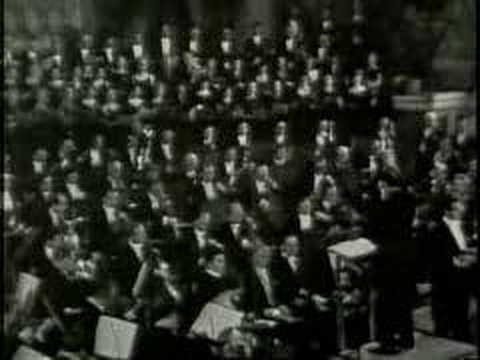
Watch this video on YouTube
World premiere of Arnold Schoenberg’s (1874-1951) oratorio “Die Jakobsleiter” in Vienna, 1961.
Cerebral and Innovative, Willfully Difficult and Magician of Oppressive Constraints
ARNOLD SCHOENBERG (1874-1954), born in Vienna Austria, was a composer and virtuoso musical innovator and theorist. His work questioned conventional notions of harmony and created the twelve-tone technique, an influential method of manipulating an ordered series of all twelve notes in the chromatic scale. By 1938, with the rise of the Nazi Party, Schoenberg’s works were labeled degenerate music, not only because he was Jewish, but because, in the words of Vladislav Davidzon, he was “the ravenous destroyer of the old order of harmonic tonality.” He began his exile to the United States in 1934.
His music is often accused of being cerebral, cold and willfully difficult. But I find in it an invincible combination of intellect and passion, discipline and expressivity. The sentiments it conveys are the eternal sentiments of the human condition – the same as expressed in Romantic music. — Pina Napolitano, Pianist
Jacob’s Ladder
Schoenberg began work on the oratorio Jakobsleiter (Jacob’s Ladder) in 1915 by writing his own text by the Biblical Jacob’s dream of a ladder joining Heaven and Earth. The main character is the Angel Gabriel who observes and comments as various souls attempt to justify their ascent to Heaven. The opening line:
“Whether right or left,
Forward or backward,
Uphill or downhill,
You must go on,
Without asking what lies
Before or behind you.
It shall be hidden,
You may, you shall forget it,
To accomplish your task.”
This represents Schoenberg’s philosophical and religious motto. Schoenberg’s work on the ambitious score for orchestra, soloists, and chorus, was interrupted by World War I, when he was called into service at age 42. The score was left unfinished and was completed posthumously from his sketches.
STORY: The Gamelan Vibrations of Lou Harrison
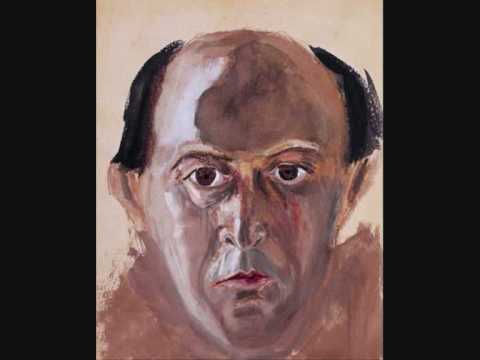
Watch this video on YouTube
“Drei Volksliedsätze: Schein Uns, du Liebe Sonne” by Accentus, Laurence Equilbey, translated into English as “Shine on us, dear sun” from Mr Schoenberg’s 1929 three folksongs. The painting is a self portrait by Mr Schoenberg himself.
Prelude to Genesis
In 1944-45, the Hollywood composer Nathaniel Shilkret commissioned several emigre composers in Los Angeles to collaborate with him on a suite for narrator, orchestra, and chorus, with settings from the Book of Genesis. Schoenberg was asked to compose the Prelude “The Earth was without form.” Igor Stravinsky composed the last part, called “Babel.”
“The critics didn’t dare to criticize the 2 giants Stravinsky and Schoenberg because they didn’t understand them. Schoenberg’s music is so ultramodern and in the 12 tone scale that even you with all your experience will think that the cat is just jumping all over the piano—It is a great piece of music but oh—so new in sound.” — Nathaniel Shilkret
STORY: Karlheinz Stockhausen: Cosmic Pulses of Sound from the Dog Star
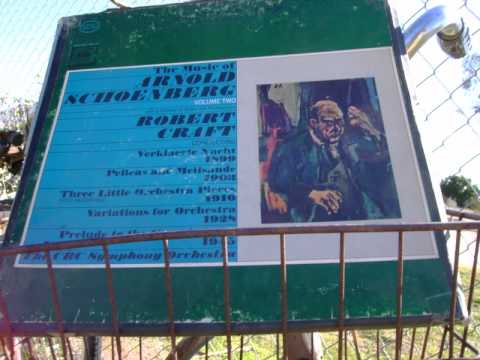
Watch this video on YouTube
Arnold Schoenberg – Prelude to Genesis Suite for Chorus and Orchestra, Op. 44 (1945)
A Survivor From Warsaw, Op 46
The impetus for A Survivor from Warsaw was a meeting Schoenberg had in Los Angeles with the Russian dancer Corinne Chochem. She described a scene from the Warsaw Ghetto “how the Jews started singing before going to die.” Chochem had wanted Schoenberg to compose a setting of the Partisan Song, but Schoenberg decided to write his own text. As he explained to the conductor Kurt List: “Now, what the text of the Survivor means to me: it means at first a warning to all Jews, never to forget what has been done to us, never to forget that even people who did not do it themselves, agreed with them, and many of them found it necessary to treat us this way. We should never forget this…”
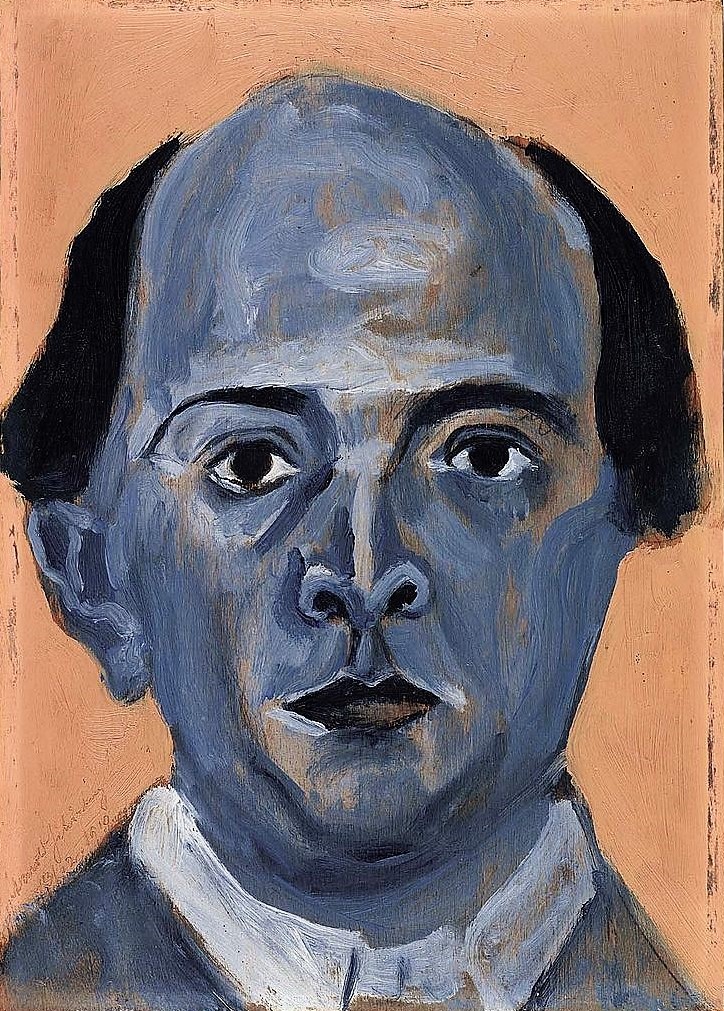

Schoenberg’s narrator describes the scene in English, while also imitating the German of the Nazi guard directing the Jews to line up and be counted, yet the work concludes with a stirring chorale in Hebrew of the Shema Yisroel, the central credo of Judaism.
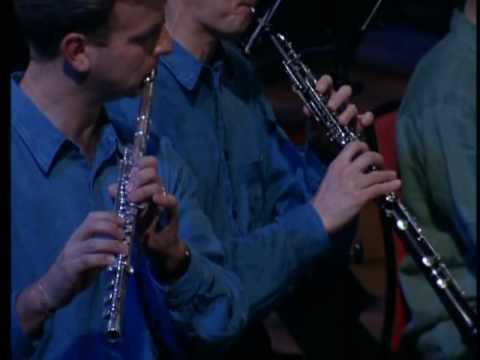
Watch this video on YouTube
Arnold Schoenberg: A Survivor from Warsaw. Op.46, by Franz Mazura/CBSO Chorus/City of Birmingham Symphony Orchestra/Sir Simon Rattle

Watch this video on YouTube
Bogeyman — Prophet — Guardian (Schoenberg documentary): Episode 1: Part 1, directed by Barrie Gavin, 1974.
The event was a Community Celebration Concert at the Sinai Temple in Los Angeles on the occasion of the Bar Mitzvah of Joseph Samuel Schoenberg, great-grandson of the composer. Much of the text of this article came from the program.
Updated 7 March 2023



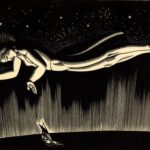
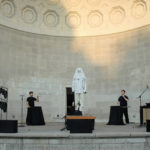
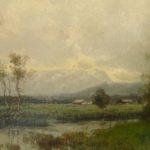
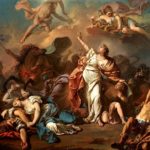






Pingback: Microtonal Music: Kraig Grady's Anaphorian Island - WilderUtopia